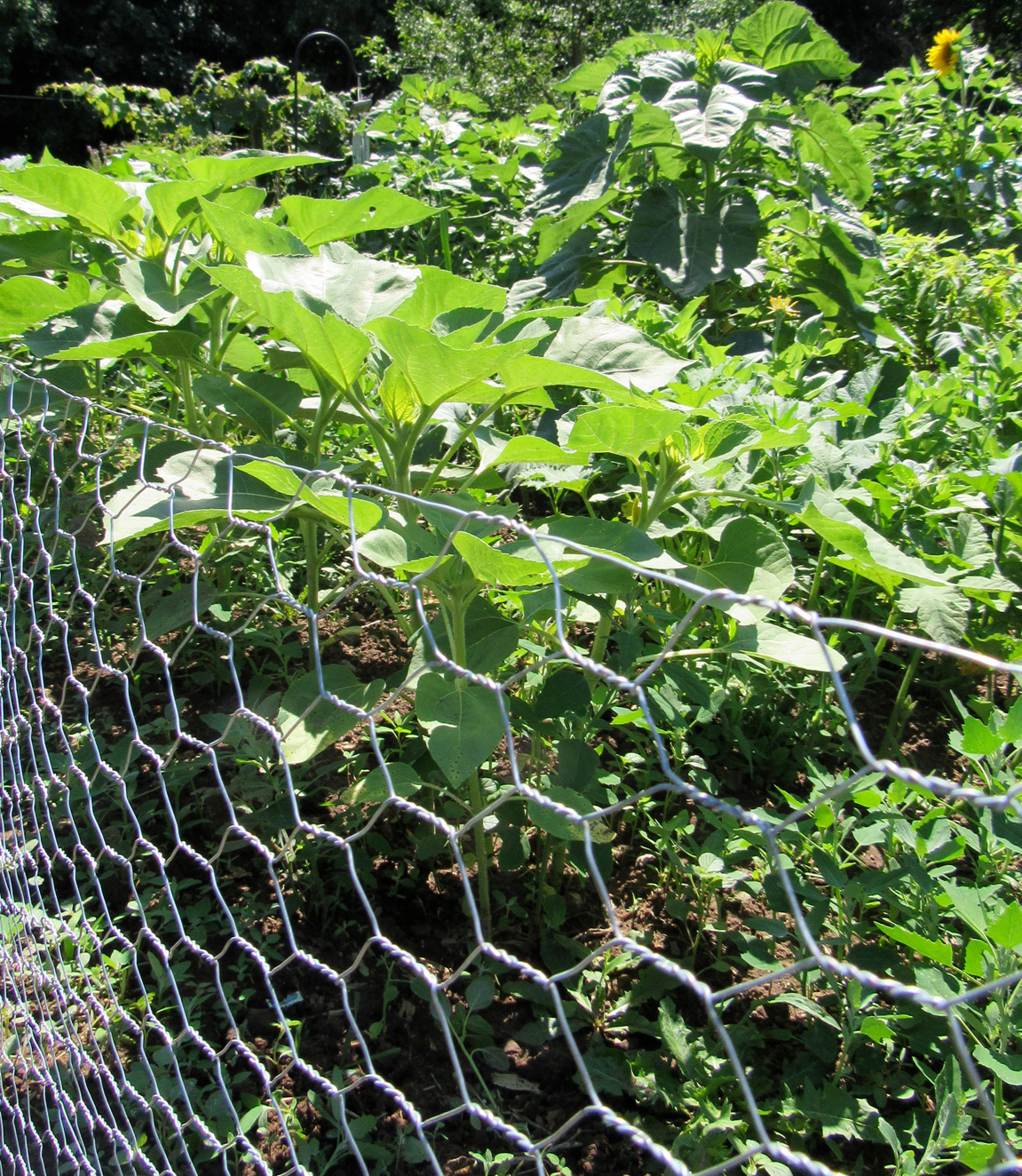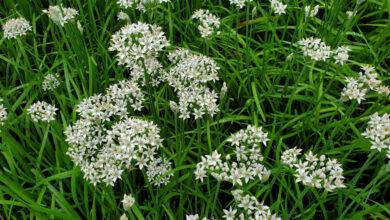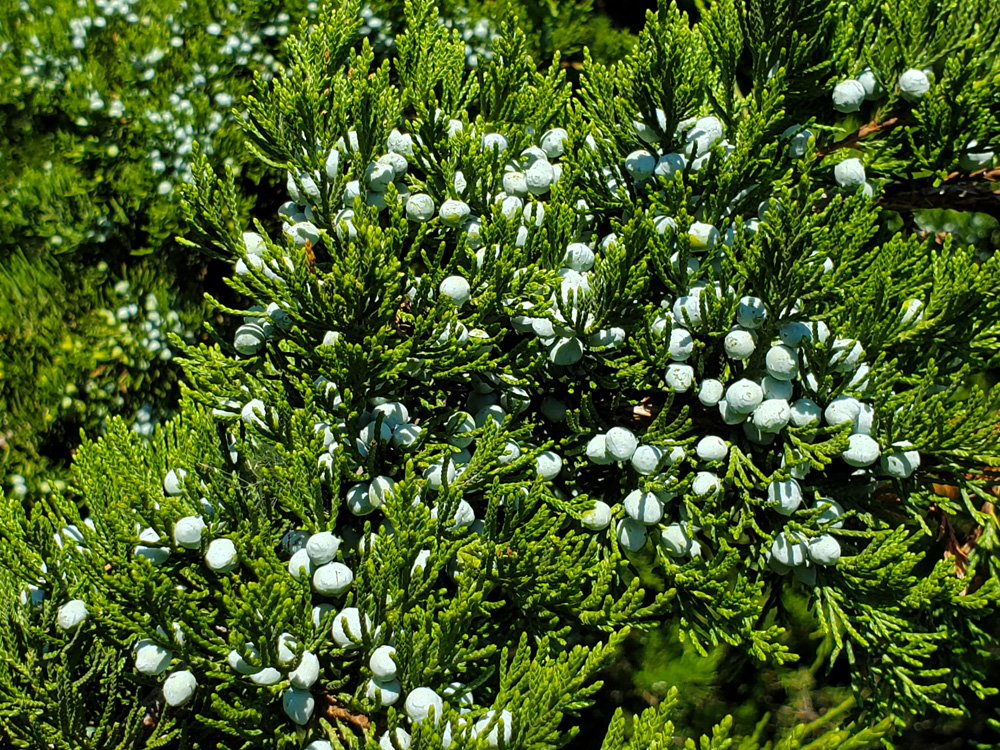Protect gardens from nusiance wildlife

It was a complaint I heard over and over during the Orleans County 4-H Fair (July 25-30) – rabbits, deer, raccoons, etc … “are eating up my garden this year, what can I do?”
Wildlife is always an issue for gardeners, but with this year’s drought it seems they are more ravenous than usual. That has certainly been true for me. Rabbits, which usually do only limited damage, decimated my sweet corn, green bean and Swiss chard seedlings. Our yard has been full of raccoons – which I know are waiting to snap up whatever sweet corn might mature – and we have been home to a mother deer and her twin fawns.
While researching for this column, I found that according to the University of Maryland Extension, woodchucks depend on the early morning dew on plants for their water needs – something that is likely true for other plant eaters like rabbits – and which would explain why garden vegetation has been especially important for their survival this year as other water sources dry up.
I know many gardeners have given-up on certain crops already – but it’s not too late for second or even third plantings of vegetables like beans, lettuce, Swiss chard, etc. – and I’m providing some information here regarding protecting your crops this season and in future growing seasons.
For all nuisance wildlife, both Cornell Cooperative Extension and the University of Maryland Extension recommend fencing as the most effective means of preventing wildlife damage to garden crops. Most repellants are effective only to a point and must be re-applied. Some repellants contain poisonous chemicals that can be a danger to pets and small children. Electric fencing is recommended, as well, for animals like raccoons, woodchucks and deer.
It was a backbreaking process with the heat and hard-packed dry soil, but we put in two-feet high chicken-wire fencing in early July around our most vulnerable crops, burying it several inches below the ground. It has been 100 percent effective. As other crops mature, we will get out our electric fencing to protect any corn that is left and probably some of our squash/pumpkin crops this year, as I think the raccoons will likely find them tempting.
The electric fencing we install runs about six inches above the ground and has protected our corn completely from raccoon raids in past years.
Deer can jump over fences as high as eight feet and leave a ragged, broken end on browsed branches compared to the cleanly nipped terminal left by other wildlife. They are classified as game and can be killed only during legal hunting seasons by persons holding a valid big game license. State Conservation law allows the DEC to issue permits allowing landowners to destroy deer when they become destructive to property.
Outside of killing the animals, physical barriers – such as fence and electric fence – are the most effective means to control garden and landscape damage done by deer. Deer do not have good depth perception and I learned during my Master Gardener training that staggering fencing – with one fence, a gap, and then a second fence – can be an effective means to keep deer out.
One more tip – remember to keep garbage cans tightly closed, feed pets inside, keep pet and animal foods tightly stored, and your bird-feeding area well maintained (we bring in our feeders at night) as additional ways to keep wildlife from seeking out your yard for food.







